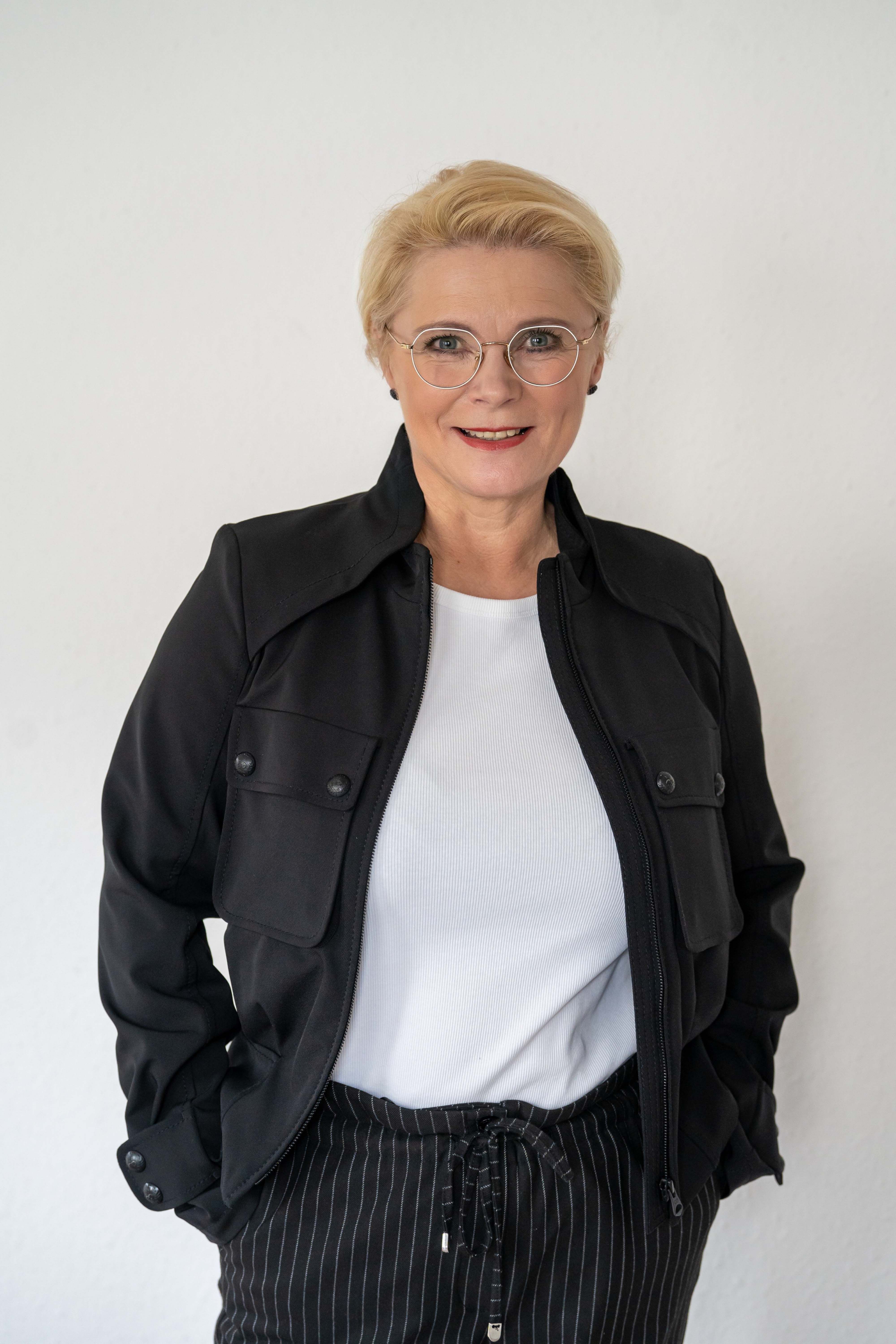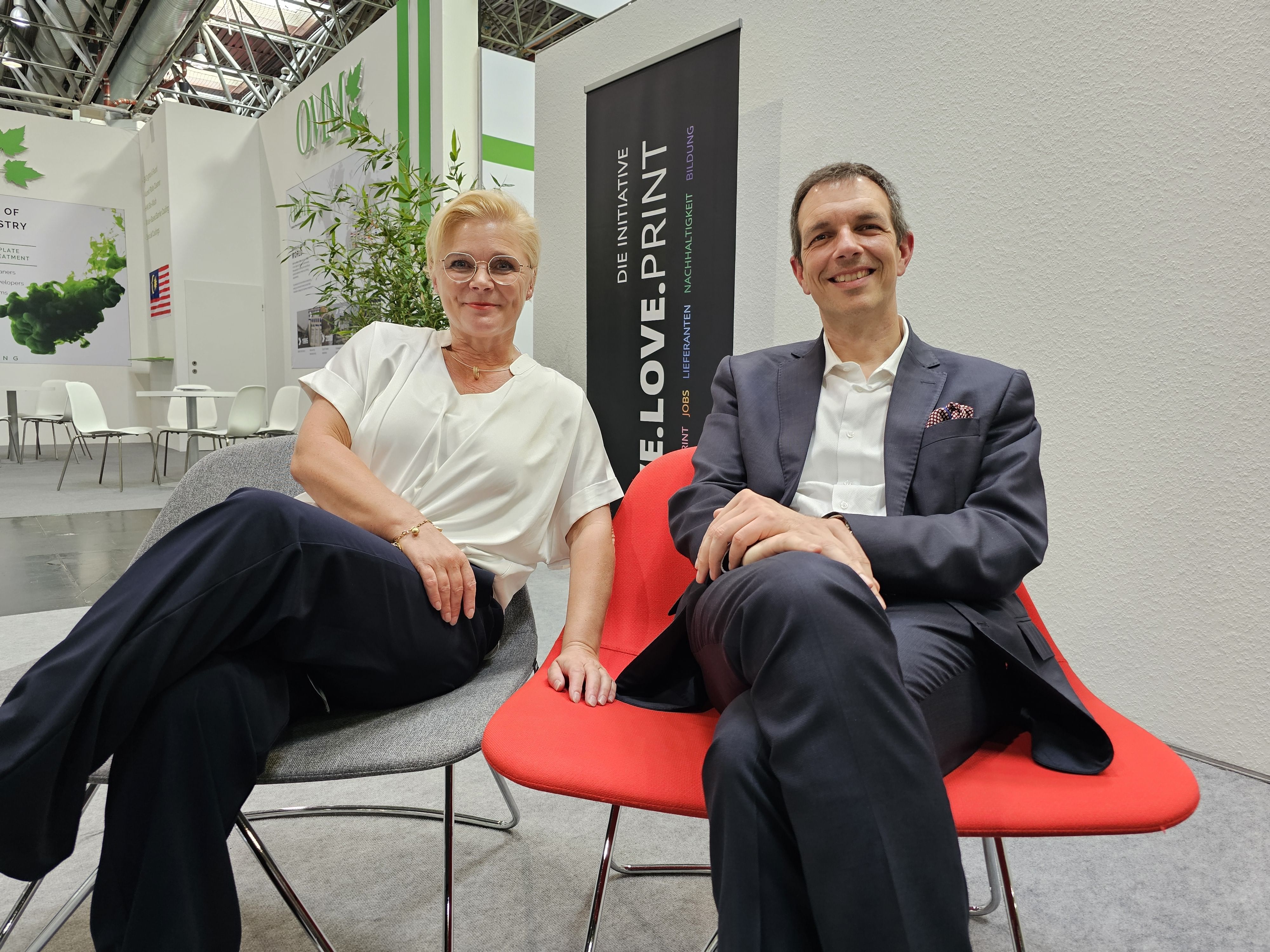Monitoring gravure regulations is a task: Garavaglia
Davide Garavaglia, president, European Rotogravure Association (ERA) discusses the advantages of gravure presses, their sustainability quotient, and why printers in Asia should join ERA, in a conversation with Rahul Kumar
03 Jul 2024 | By Rahul Kumar
Rahul Kumar (RK): How has the rotogravure printing industry evolved over the past decade?
Davide Garavaglia (DG): The performance of printing presses and supplies such as cylinder engraving systems, inks, doctor blades, viscosity control and quality inspection systems, electrostatic assistance devices, and web register systems have improved significantly. These advancements have enhanced printing speed and quality. Moreover, recent developments like the use of extended colour gamut (ECG), more efficient drying systems, and water-based inks have kept this industry sector vibrant and competitive.
RK: What are some of the key advantages offered by rotogravure printing?
DG: Gravure printing holds a significant advantage over other techniques for long runs requiring high-quality standards. Today, the most relevant advantage is probably that gravure presses are relatively easy to operate compared to other types of presses, which addresses many issues, especially since the availability of skilled operators is a major challenge for printers worldwide.
RK: With sustainability becoming increasingly important across industries, how does rotogravure address environmental concerns and adapt to meet these goals?
DG: According to research conducted by ERA in partnership with Leipzig University, rotogravure is one of the most sustainable printing techniques due to the high durability of cylinders, the wide availability of solvent recovery systems, and the overall efficiency. In recent years, the industry has also developed several alternative engraving techniques to overcome the limitations of using hexavalent chrome in cylinder engraving.
RK: Any recent developments in rotogravure that have impacted quality or operational capabilities?
DG: There are numerous innovations, but one standout is the enhancements made to optimise gravure printing for ECG, using up to seven process colours plus white. These improvements include not only hardware innovations but also pre-press software programs and processes developed to ensure consistent printing quality with greater efficiency, ultimately leading to higher sustainability.
RK: What are the main challenges currently faced by the European Rotogravure Association, and how is ERA working to address them?
DG: The most challenging task is monitoring industry regulations and being prepared to act if any pose a threat to gravure printing. Sometimes, politicians do not realise that banning a component or process can have significant and unintended side effects. Our job is to identify and address these situations. Joining the association is important because the more members we have, the stronger we can be in defending our interests.
RK: What are your plans for the Asian market?
DG: We are looking forward to establishing a second base in Asia and increasing our presence in this region, where gravure printing is very popular and the need for support and exchanges is strong. Printers and suppliers in the industry will soon hear about our upcoming initiatives.

Stefani Dhami, secretary, ERA

RK: Why should an Asian converter join ERA?
DG: There are two main reasons to join ERA. First, members gain access to our extensive knowledge based on gravure printing, including training and seminars for their key personnel. Second, members benefit from exchanging ideas and experiences with other members, which helps solve complex issues. Many members have reported significant business improvements thanks to connections made at our events.
RK: What is the future of rotogravure printing amidst the rise of digital printing technologies?
DG: We see digital and gravure printing as complementary technologies, with digital used for short runs and gravure for long runs. Many gravure printers now use both technologies depending on the job length. Additionally, many digital presses use gravure technology for special inks and varnishes, further demonstrating that the two technologies are complementary.
RK: What role do collaboration and knowledge-sharing play within the ERA?
DG: Knowledge-sharing is one of our main purposes, achieved through online webinars and in-person events. Besides our listed initiatives, we also create connections between members, fostering a sense of community within the industry. We are confident that by enabling our members to share knowledge and experiences, we are fostering innovation in the gravure industry.
RK: How do you see the future of rotogravure printing in the context of increasing digitisation and sustainability demands within the printing industry?
DG: Considering the operations of the most advanced gravure printers today and the ongoing innovations, gravure printing is becoming increasingly digital. This shift makes the gravure process more predictable, efficient, and sustainable for the future.


